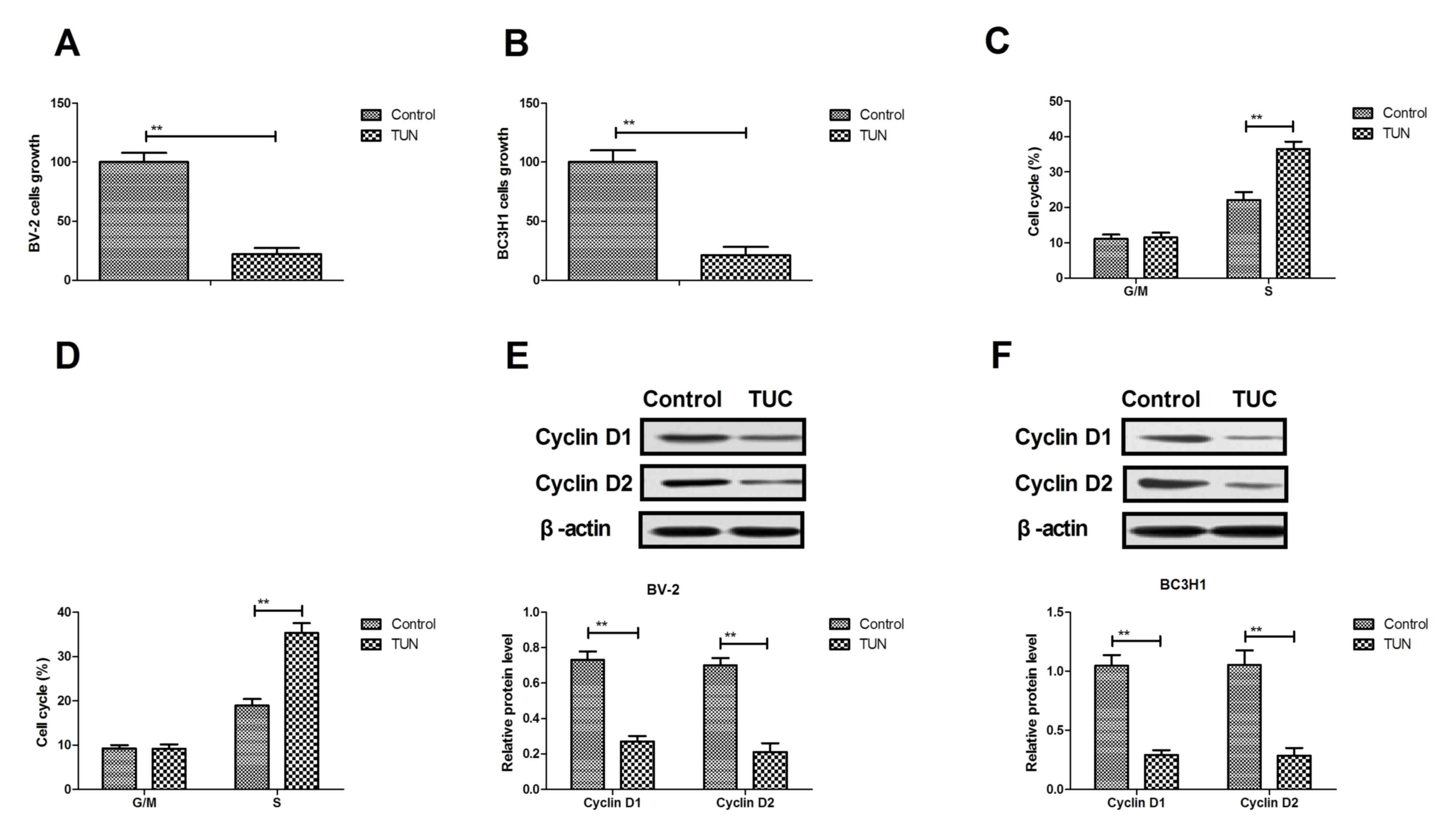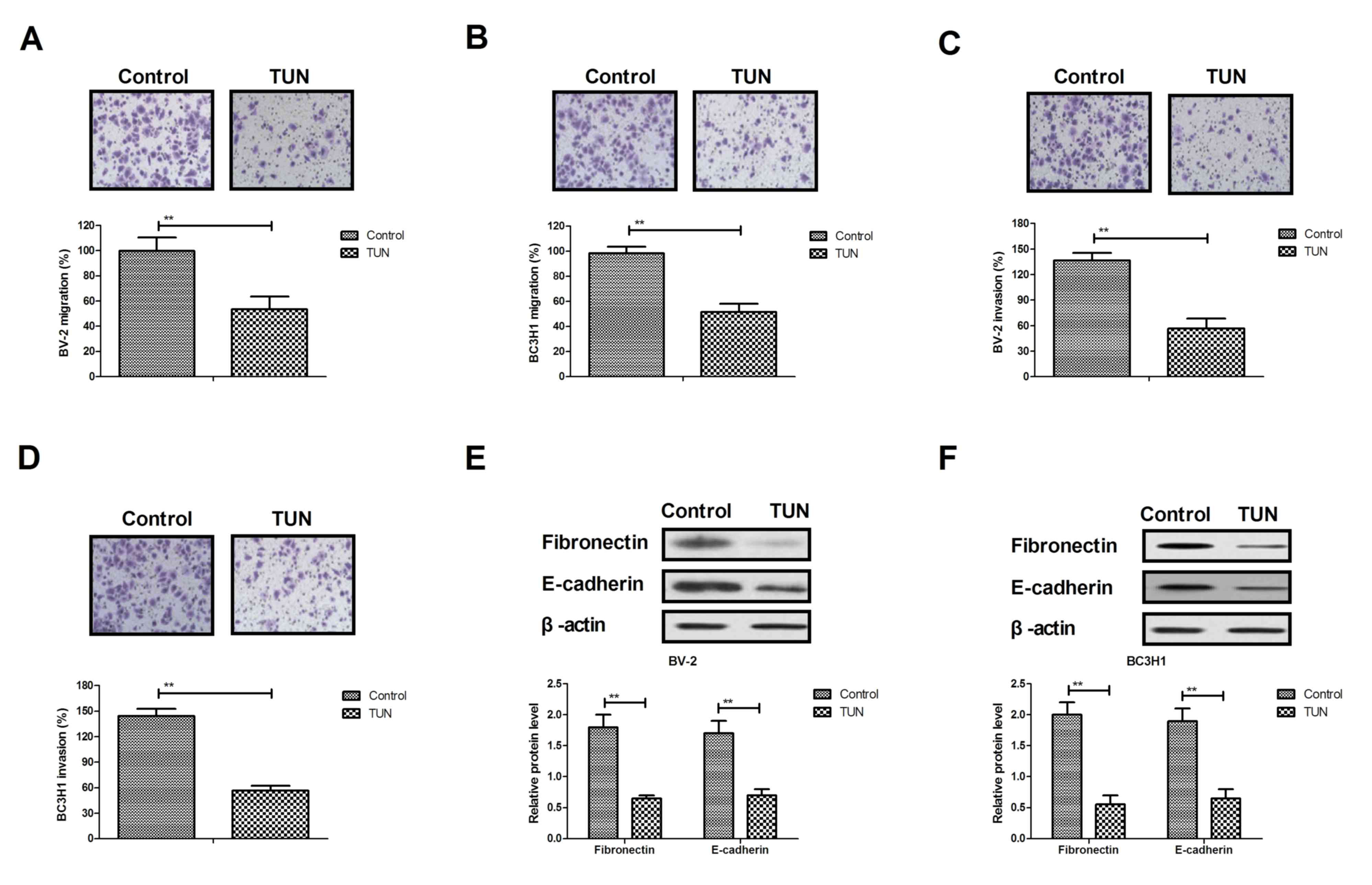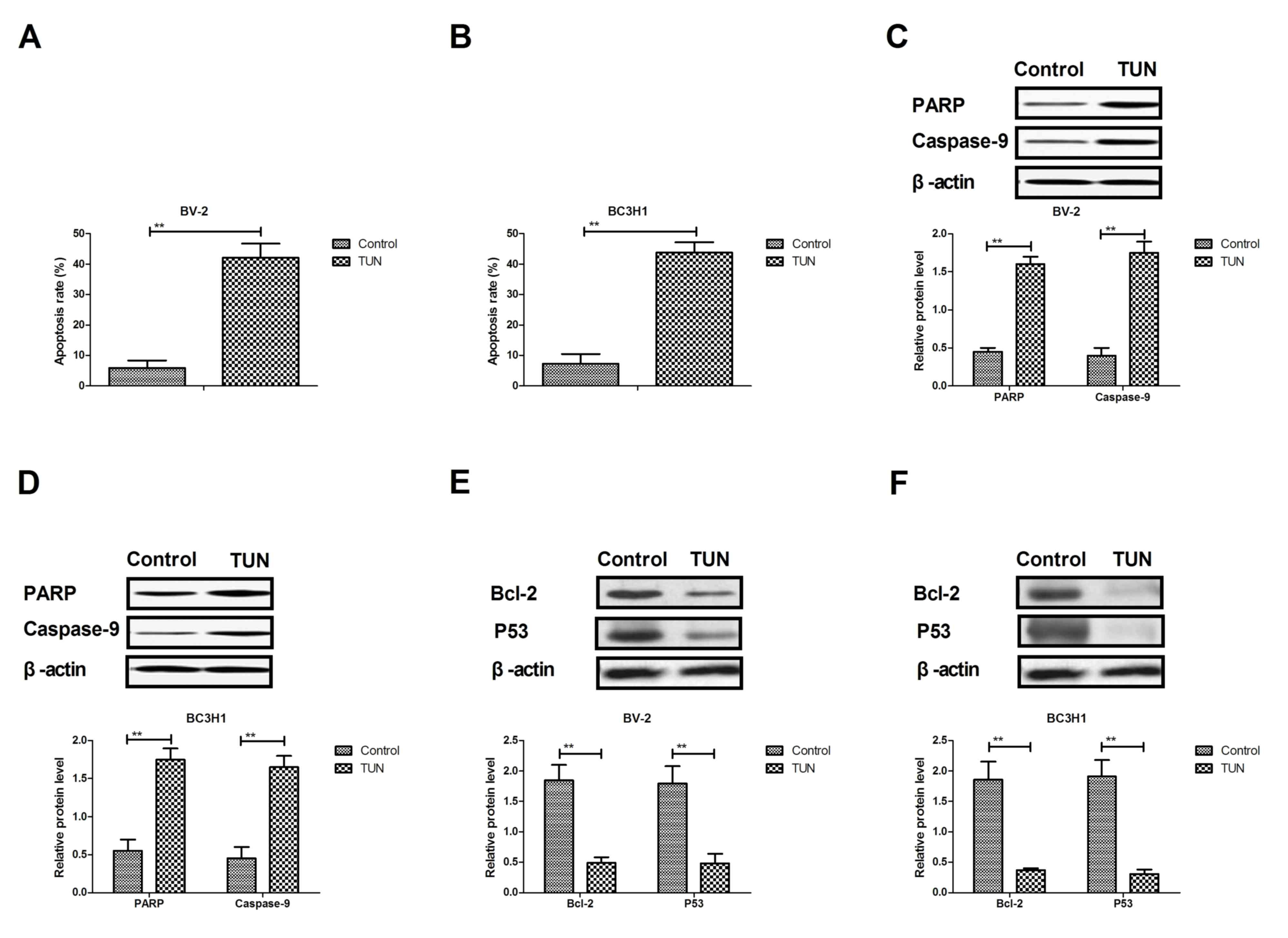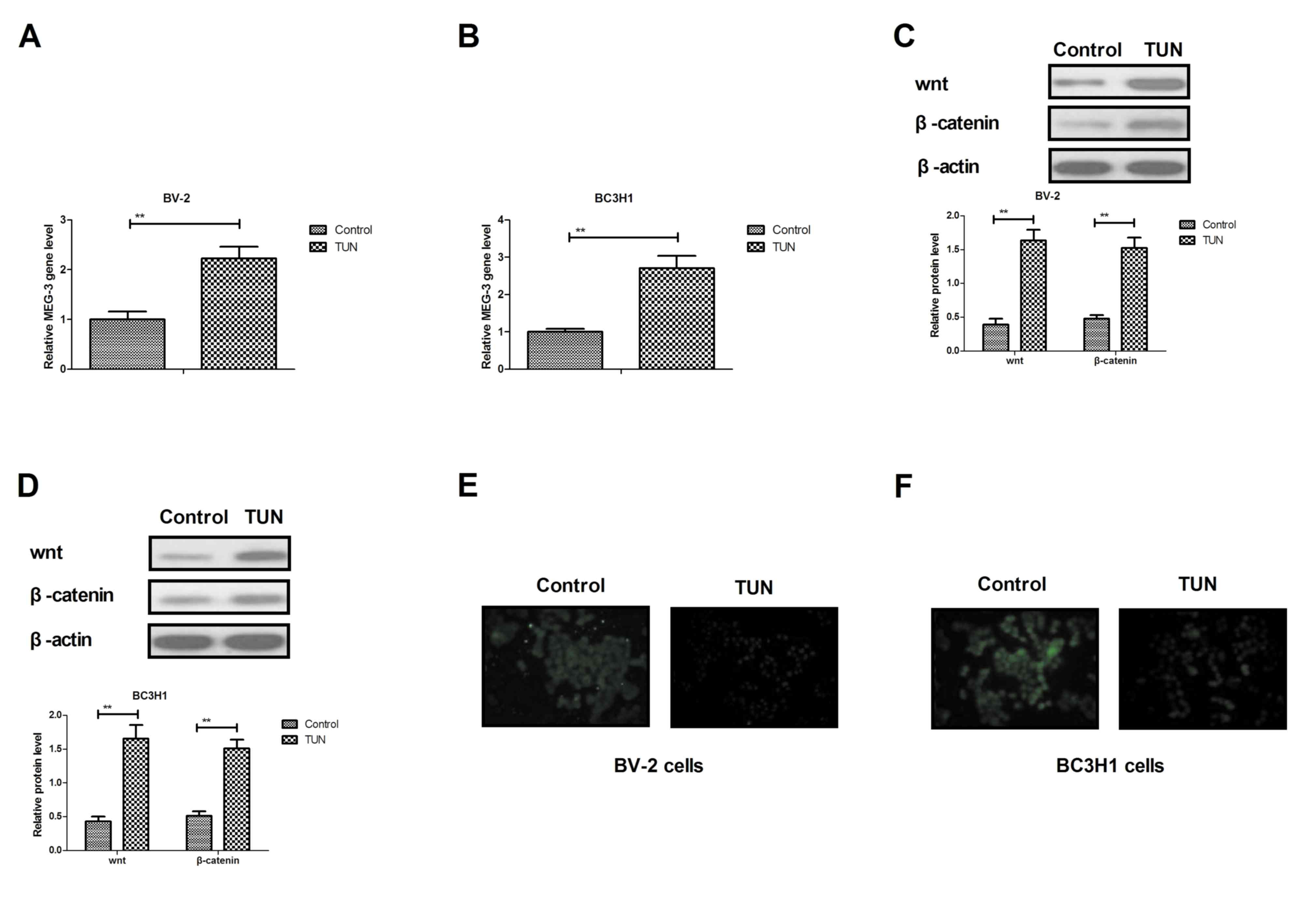|
1
|
Swanson KD, Lok E and Wong ET: An overview
of alternating electric fields therapy (NovoTTF Therapy) for the
treatment of malignant glioma. Curr Neurol Neurosci Rep. 16:82016.
View Article : Google Scholar : PubMed/NCBI
|
|
2
|
Kumar A, Ahuja A, Ali J and Baboota S:
Curcumin-loaded lipid nanocarrier for improving bioavailability,
stability and cytotoxicity against malignant glioma cells. Drug
Deliv. 23:214–229. 2016. View Article : Google Scholar : PubMed/NCBI
|
|
3
|
Wang K, Kievit FM, Jeon M, Silber JR,
Ellenbogen RG and Zhang M: Nanoparticle-mediated target delivery of
TRAIL as gene therapy for glioblastoma. Adv Healthc Mater.
4:2719–2726. 2015. View Article : Google Scholar : PubMed/NCBI
|
|
4
|
Hariri OR, Quadri SA, Farr S, Gupta R,
Bieber AJ, Dyurgerova A, Corsino C, Miulli D and Siddiqi J: Third
ventricular glioblastoma multiforme: Case report and literature
review. J Neurol Surg Rep. 76:e227–e232. 2015. View Article : Google Scholar : PubMed/NCBI
|
|
5
|
Delfino KR, Serao NV, Southey BR and
Rodriguez-Zas SL: Therapy-, gender- and race-specific microRNA
markers, target genes and networks related to glioblastoma
recurrence and survival. Cancer Genomics Proteomics. 8:173–183.
2011.PubMed/NCBI
|
|
6
|
Lin N, Yan W, Gao K, Wang Y, Zhang J and
You Y: Prevalence and clinicopathologic characteristics of the
molecular subtypes in malignant glioma: A multi-institutional
analysis of 941 cases. PLoS One. 9:e948712014. View Article : Google Scholar : PubMed/NCBI
|
|
7
|
Shiraishi T, Yoshida T, Nakata S, Horinaka
M, Wakada M, Mizutani Y, Miki T and Sakai T: Tunicamycin enhances
tumor necrosis factor-related apoptosis-inducing ligand-induced
apoptosis in human prostate cancer cells. Cancer Res. 65:6364–6370.
2005. View Article : Google Scholar : PubMed/NCBI
|
|
8
|
Miyake H, Hara I, Arakawa S and Kamidono
S: Stress protein GRP78 prevents apoptosis induced by calcium
ionophore, ionomycin, but not by glycosylation inhibitor,
tunicamycin, in human prostate cancer cells. J Cell Biochem.
77:396–408. 2000. View Article : Google Scholar : PubMed/NCBI
|
|
9
|
de Freitas Junior JC, Bdu Silva R, de
Souza WF, de Araújo WM, Abdelhay ES and Morgado-Díaz JA: Inhibition
of N-linked glycosylation by tunicamycin induces
E-cadherin-mediated cell-cell adhesion and inhibits cell
proliferation in undifferentiated human colon cancer cells. Cancer
Chemother Pharmacol. 68:227–238. 2011. View Article : Google Scholar : PubMed/NCBI
|
|
10
|
Kim SH, Shin HY, Kim YS, Kang JG, Kim CS,
Ihm SH, Choi MG, Yoo HJ and Lee SJ: Tunicamycin induces paraptosis
potentiated by inhibition of BRAFV600E in FRO anaplastic thyroid
carcinoma cells. Anticancer Res. 34:4857–4868. 2014.PubMed/NCBI
|
|
11
|
Xing Y, Ge Y, Liu C, Zhang X, Jiang J and
Wei Y: ER stress inducer tunicamycin suppresses the self-renewal of
glioma-initiating cell partly through inhibiting Sox2 translation.
Oncotarget. 7:36395–36406. 2016. View Article : Google Scholar : PubMed/NCBI
|
|
12
|
Livak KJ and Schmittgen TD: Analysis of
relative gene expression data using real-time quantitative PCR and
the 2(-Delta Delta C(T)) method. Methods. 25:402–408. 2001.
View Article : Google Scholar : PubMed/NCBI
|
|
13
|
Mesti T and Ocvirk J: Malignant gliomas:
Old and new systemic treatment approaches. Radiol Oncol.
50:129–138. 2016. View Article : Google Scholar : PubMed/NCBI
|
|
14
|
Kunz M, Nachbichler SB, Ertl L, Fesl G,
Egensperger R, Niyazi M, Schmid I, Tonn JC, Peraud A and Kreth FW:
Early treatment of complex located pediatric low-grade gliomas
using iodine-125 brachytherapy alone or in combination with
microsurgery. Cancer Med. 5:442–453. 2016. View Article : Google Scholar : PubMed/NCBI
|
|
15
|
Nami B, Donmez H and Kocak N:
Tunicamycin-induced endoplasmic reticulum stress reduces in vitro
subpopulation and invasion of CD44+/CD24-phenotype breast cancer
stem cells. Exp Toxicol Pathol. 68:419–426. 2016. View Article : Google Scholar : PubMed/NCBI
|
|
16
|
von dem Knesebeck A, Felsberg J, Waha A,
Hartmann W, Scheffler B, Glas M, Hammes J, Mikeska T, Yan PS, Endl
E, et al: RANK (TNFRSF11A) is epigenetically inactivated and
induces apoptosis in gliomas. Neoplasia. 14:526–534. 2012.
View Article : Google Scholar : PubMed/NCBI
|
|
17
|
Johnson GG, White MC and Grimaldi M:
Stressed to death: Targeting endoplasmic reticulum stress response
induced apoptosis in gliomas. Curr Pharm Des. 17:284–292. 2011.
View Article : Google Scholar : PubMed/NCBI
|
|
18
|
Kim JT, Kim JS, Ko KW, Kong DS, Kang CM,
Kim MH, Son MJ, Song HS, Shin HJ, Lee DS, et al: Metronomic
treatment of temozolomide inhibits tumor cell growth through
reduction of angiogenesis and augmentation of apoptosis in
orthotopic models of gliomas. Oncol Rep. 16:33–39. 2006.PubMed/NCBI
|
|
19
|
Davis MI, Pragani R, Fox JT, Shen M,
Parmar K, Gaudiano EF, Liu L, Tanega C, McGee L, Hall MD, et al:
Small molecule inhibition of the Ubiquitin-specific protease USP2
accelerates cyclin D1 degradation and leads to cell cycle arrest in
colorectal cancer and mantle cell lymphoma models. J Biol Chem.
291:24628–24640. 2016. View Article : Google Scholar : PubMed/NCBI
|
|
20
|
Li J, Zhou D, Wang Z, Tan L, Zhou Y and
Sheng X: Reversal effect of 5-aza-2-deoxycytidine on the maternally
expressed gene 3 promoter hypermethylation and its inhibitory
effect on the proliferation of epithelial ovarian cancer cells.
Zhonghua Zhong Liu Za Zhi. 37:324–329. 2015.(In Chinese).
PubMed/NCBI
|
|
21
|
Yan-Hua L, Xiang-Lei L, Hong L and
Jian-Jun W: Long noncoding ribonucleic acids maternally expressed
gene 3 inhibits lung cancer tumor progression through
downregulation of MYC. Indian J Cancer. 52 Suppl 3:E190–E193. 2015.
View Article : Google Scholar : PubMed/NCBI
|
|
22
|
Sareddy GR, Challa S, Panigrahi M and Babu
PP: Wnt/beta-catenin/Tcf signaling pathway activation in malignant
progression of rat gliomas induced by transplacental
N-ethyl-N-nitrosourea exposure. Neurochem Res. 34:1278–1288. 2009.
View Article : Google Scholar : PubMed/NCBI
|
|
23
|
Wu W, Tian Y, Wan H, Song Y, Li J and
Zhang L: The expressions of Wnt/β-catenin pathway-related
components in brainstem gliomas. Can J Neurol Sci. 40:355–360.
2013. View Article : Google Scholar : PubMed/NCBI
|
|
24
|
Lu P, Wang Y, Liu X, Wang H, Zhang X, Wang
K, Wang Q and Hu R: Malignant gliomas induce and exploit astrocytic
mesenchymal-like transition by activating canonical Wnt/β-catenin
signaling. Med Oncol. 33:662016. View Article : Google Scholar : PubMed/NCBI
|


















